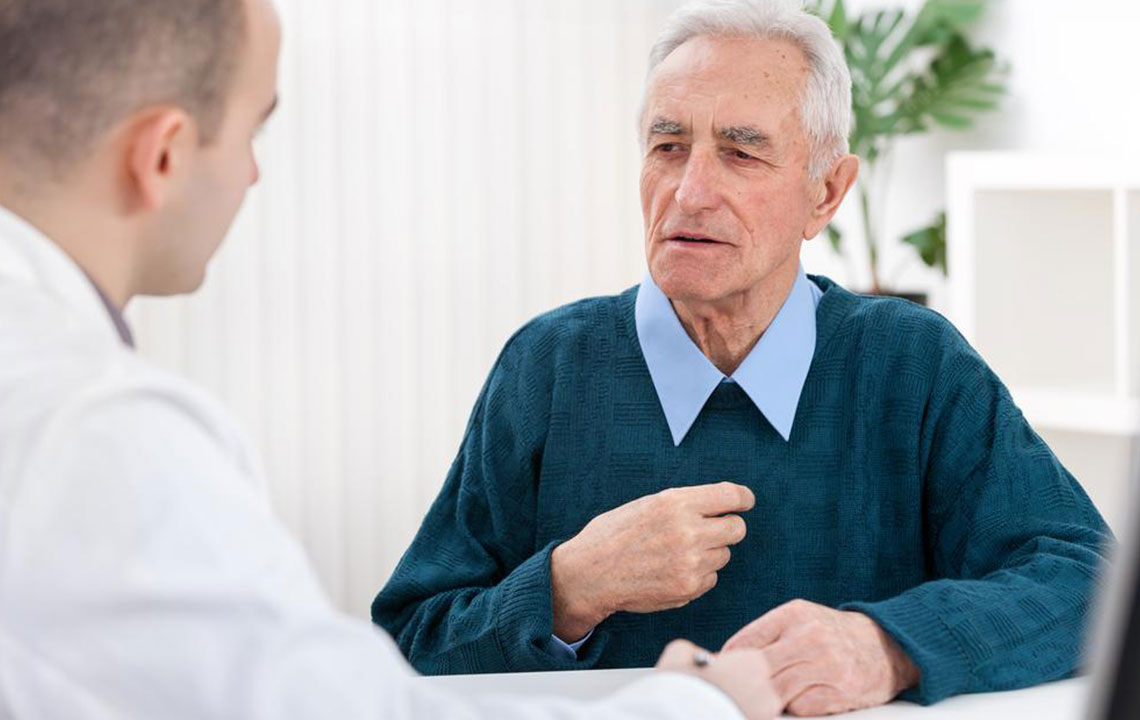Different options for Afib treatment

Atrial fibrillation is a medical term which refers to fluctuations in the heartbeat rate. This, in turn, can cause issues such as heart attack, blood clotting or even an unresponsive heart. Every man’s heart has an electrical system responsible for sending signals to the heart to tell it to contract and pump the blood into the arteries. When these electrical signals turn up to be disorganized, it causes the twin chambers of the heart to fibrillate. Fibrillation is a condition which causes the heart to fluctuate irregularly.
Major symptoms of Afib include dizziness, exhaustion, chest pain, palpitations, weakness, and shortness of breath. Atrial Fibrillation is very common but is an ignored medical condition. Do not ignore the symptoms and treat it before the situation gets worse. Consult your doctor and save a life for a healthy tomorrow.
Afib Treatment Factors
Before the treatment, comes thorough investigation to diagnose the level of Afib you are suffering from. Make sure to consult physicians and clearly state the problem and the symptoms before getting the treatment. ECG or EKG is common for detecting the level of atrial fibrillation a patient is suffering from.
Once the level is diagnosed, the doctor will decide on the treatment procedure. In some extreme cases, surgery is one of the viable options. After the proper diagnoses, the treatment or the medication can start as prescribed by the doctor.
The medication or treatment will result in the following:
- Reinstate the heart rate to normal, something referred to as rhythmic control
- Prevention of blood clotting and reduction of the already existing ones
- Minimizing the risk of a heart stroke
- Minimizing the risk of heart failure
Afib Treatment Options
There are various options available for treating Atrial Fibrillation, and the type of treatment provided to you will vary depending on your age, the level of Afib you suffer from, and its symptoms. The treatment will also depend on your medical history. Different Afib treatment procedures include:
- Medicines or drugs that will reduce the electrical fluctuations and bring heart rate to normal
- Medicines for plummeting any risk of a heart stroke
- Cardioversion, an electric shock treatment
- Catheter ablation
- Fitting of a pacemaker i.e. an artificial system pumping blood at normal rate
Medicines For Controlling Both The Heart Rate And The Heart Rhythm
- Beta blockers like sotalol, atenolol, timolol, and propranolol
- Calcium channel blockers like verapamil and diltiazem
- Amiodarone
- Dronedarone for certain special cases
- Flecainide
- Digoxin
- Propafenone
Let’s look at some of the above-mentioned treatment options in detail.
Cardioversion
Cardioversion is a treatment that is suitable for patients suffering from Afib which involves inducing of an electric shock to the patient’s heart with certain drugs. Cardioversion helps in controlling the normal rhythmic functioning of the heart and it consists of the following two phases:
- Electrical cardioversion : This type of cardioversion involves inducement of an electric shock to your heart by placing the patching equipment on the chest. The electric shock results in pausing of the heart’s electrical system for a while. When the heart starts, it starts functioning normally. Most of the times this procedure works and helps in restoring the normal sinus rhythm.
- Cardioversion (Drugs) : In this type of cardioversion, certain antiarrhythmics are prescribed that help restore the usual sinus rhythm. This procedure is generally considered after you are admitted to the hospital, as continuous monitoring of the heart rate is required. If the heart rate restores to normal through these drugs, the doctor continues with these medicines and does not give electric shocks.
Catheter Ablation
Catheter ablation is a medical procedure for Afib treatment which is generally considered if you are unresponsive to medicines. Catheters are thin wire-like structures that are injected carefully through a vein and into your heart. This helps in recording the electrical activity taking place in the heart. Catheters aid in finding where the abnormality in the system lies.
Once the source becomes known, high-frequency radio waves are induced through the catheters into the heart to destroy the tissue that caused the problem in first place. This procedure generally gets completed in about 2 to 3 hours. You will be under anesthesia during the entire procedure.
Pacemaker
A pacemaker is an artificial battery functioning device that is embedded in the chest right under the collarbone. Pacemakers are used in rare extreme conditions when all the other procedures fail. A pacemaker helps in Afib treatment by regulating the heart rate and making it beat at a normal rhythm. Installment of a pacemaker is a simple surgical procedure and this is generally an option that is considered for patients in the age group of 80 or more.
The treatment options are many. If you are facing any of the symptoms of Afib, make sure to consult your doctor today.


